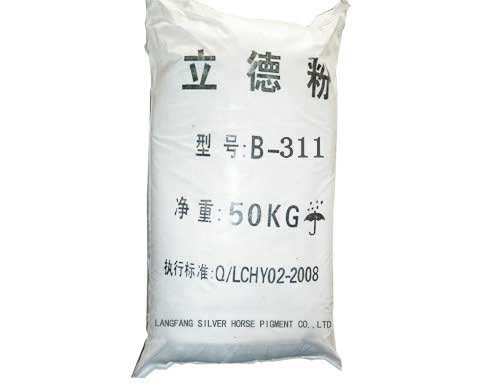
டிசம்பர் . 10, 2024 06:44 Back to list
china tio2 technology
The Evolution of Titanium Dioxide Technology in China
Titanium dioxide (TiO₂) has established itself as a pivotal material in various industries, from cosmetics and paints to food coloring and photocatalytic applications. In recent years, China has emerged as a global leader in TiO₂ technology, showcasing significant advancements that not only enhance production efficiency but also emphasize sustainability and environmental responsibility.
Historical Context
The utilization of TiO₂ began to gain traction in the mid-20th century. Initially, the production methods were limited to relatively simple processes that resulted in lower-grade products. However, as the demand for high-performance materials surged—particularly with the rise of the paint and coating industries—there was a fundamental shift in how TiO₂ was produced and used. China, with its rich mineral resources and burgeoning industrial sector, began investing heavily in refining TiO₂ technologies.
By the 1990s, China became a major player in global TiO₂ production, largely due to the adoption of the sulfate process—a viable method that utilized sulfuric acid to produce TiO₂. Yet, this method presented challenges, particularly concerning environmental emissions and waste generation. Consequently, the industry moved towards more sustainable practices.
Technological Advancements
The past two decades have seen a remarkable evolution in TiO₂ production methods in China. The implementation of the chloride process, which involves the use of chlorine gas to produce TiO₂, has gained popularity. This method not only yields a higher purity product but also significantly reduces the environmental impact compared to the sulfate process. China's major TiO₂ producers are increasingly adopting this method as part of their strategy to align with international environmental standards.
Moreover, advancements in nanotechnology have also transformed TiO₂ applications. Nanoscale TiO₂ exhibits unique properties that enhance photocatalytic activity, making it a crucial component in air purification, self-cleaning surfaces, and even as a potential solution for degrading pollutants. Chinese research institutions and companies are at the forefront of exploring these applications, investing in R&D to unlock new possibilities for TiO₂ in sustainable technologies.
china tio2 technology

Sustainability and Environmental Impact
With the global push towards sustainability, the TiO₂ industry in China is actively seeking ways to minimize its environmental footprint. Innovations in waste management and resource recovery from the production process are being prioritized. Manufacturers are exploring ways to recycle by-products and reduce water consumption. The integration of circular economy principles into TiO₂ production signifies a substantial shift towards environmental stewardship.
In addition, the Chinese government has introduced strict regulations aimed at curbing pollution and promoting cleaner production methods. These policies have encouraged industry players to invest in green technologies. Companies that successfully innovate in this regard are likely to gain a competitive edge in both domestic and international markets.
Market Dynamics and Global Influence
China's influence in the global TiO₂ market cannot be overstated. The country accounts for a significant portion of the world’s TiO₂ production capacity and consumption. As a result, the dynamics of the global TiO₂ market are increasingly influenced by developments within China. The strategic positioning of Chinese companies not only affects pricing and supply chains but also drives innovation and competition in TiO₂ technologies globally.
Furthermore, China's Belt and Road Initiative has enabled Chinese TiO₂ manufacturers to expand their reach into emerging markets, promoting technological exchange and collaboration. This expansion fuels the global growth of TiO₂ applications, from construction materials to innovative coatings.
Conclusion
The technological landscape of titanium dioxide in China is a remarkable example of industrial evolution driven by innovation, sustainability, and global market dynamics. As Chinese companies continue to enhance their production processes and explore novel applications for TiO₂, the impact on the global stage will be profound. The commitment to greener technologies and responsible production paves the way for a more sustainable future, not just within China, but across the globe. As we look ahead, the advancements in TiO₂ technology from China will undoubtedly play a crucial role in shaping an environmentally friendly industrial paradigm.
-
High Quality China Black Iron Oxide Powder Supplier Competitive Price & Fast Delivery
NewsJul.08,2025
-
High Quality Titanium Dioxide Used in Rubber – Trusted Supplier & Factory Price
NewsJul.08,2025
-
High Purity Barium Sulfate Particle Size - Wholesale Manufacturer from China
NewsJul.07,2025
-
Premium Titanium Dioxide Lomon R-996 Supplier – Quality & Wholesale Price from China
NewsJul.07,2025
-
Top Titanium Manufacturers in China - Quality Titanium Dioxide Supplier & Production Line Solutions
NewsJul.06,2025
-
OEM Titanium White Supplier & Factory – High Purity, Consistent Quality for Industrial Use
NewsJul.06,2025
